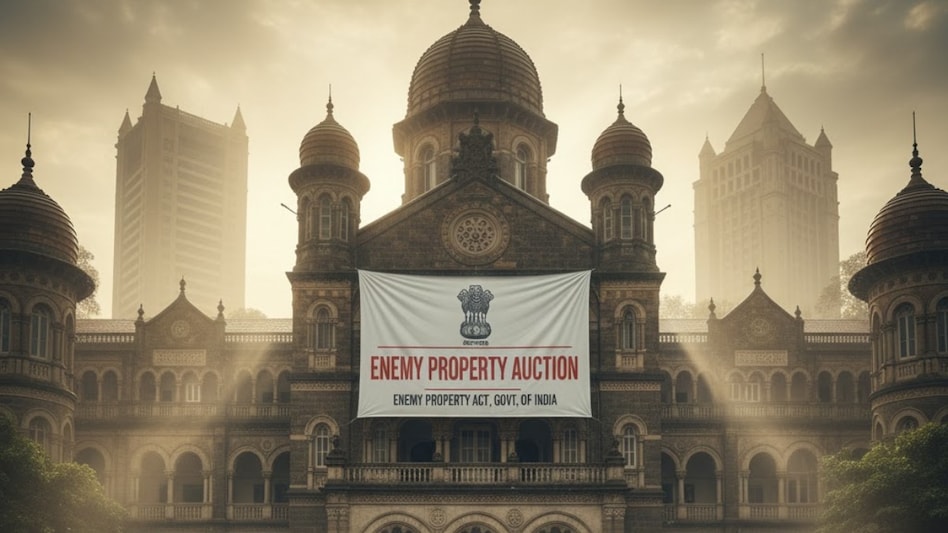462 enemy properties across 11 districts in Mumbai and Maharashtra, which have been under government control for years, are now being prepared for public auction. Both the central and state governments are accelerating the process of making these properties public and then selling them. This is not only a major opportunity for the government to generate revenue but also a significant step toward resolving decades-old legal disputes associated with these properties. The question is: what are these properties, how did they come under government control, and how can ordinary people purchase them?
In which areas are these 462 properties located?
Most of the 462 identified properties in Mumbai are located in prominent areas of the city. These properties include 181 in Mumbai suburbs, 78 in island Mumbai, 90 in Thane, 77 in Palghar, and some properties in districts like Chhatrapati Sambhajinagar, Jalgaon, and Ratnagiri. They include several old bungalows, cinema halls, chawls, and flats, such as the Diana Talkies building in Tardeo, Bori Chawl House, two buildings in Colaba, Moti Cinema, and the Kale Khan Chawl in Kandivali. After amendments to the Act in 2017, the counting and monitoring of these properties accelerated.
How is the government preparing for the auction?
Preparations for auctioning such properties in Mumbai have intensified. The Custodian of Enemy Property for India (CEPI) and the state government are working together to compile complete records of these properties. Additionally, the Revenue Department has gathered information about lawsuits, encroachments, and tenancy related to each property. According to officials, this work is nearly complete, and soon collectors from each district will publish lists of these properties on their websites. The government aims to simplify and make the auction process transparent by removing encroachments and providing clear rights to residents.
What is the Enemy Property Law?
Enemy Property refers to properties left behind in India by citizens of countries that fought wars against India or their family members. During the 1947 partition, the 1965 India-Pakistan war, and the 1971 war, many people moved to Pakistan or China. As a result, their remaining lands, buildings, shops, or businesses came under the control of the Indian government. Later, all these properties were termed “Enemy Properties.”
The Enemy Property Act of 1968 appoints a “Custodian of Enemy Property” to oversee these properties. According to this law, no individual can inherit these properties, nor can they be sold or transferred. Their use and maintenance remain entirely under government control.
What changed with the 2017 amendment?
In 2017, the government made significant amendments to this law. It was clarified that even if the original owner or their family becomes an Indian citizen, they would not be entitled to these properties. Additionally, courts were barred from hearing disputes related to these properties. Furthermore, after the amendment, the government decided that these properties could be sold, and the proceeds would go to the government’s account.
The central government is now preparing to introduce another change to clearly define the rights of tenants and residents and speed up the auction process. Although this new amendment may take some time to be implemented, it will remove legal obstacles.
What are the benefits of the auction?
Overall, the Indian government holds approximately 12,611 enemy properties, with the highest numbers in Uttar Pradesh and West Bengal. Auctioning these properties could generate thousands of crores of rupees in revenue for the government. Moreover, in expensive real estate cities like Mumbai, this could present a significant opportunity for the real estate sector.
However, legal disputes and issues related to tenants have been major obstacles so far. If the auction is successful, it will not only provide economic benefits to the government but also give new life to these historically significant buildings that have been closed for decades.




